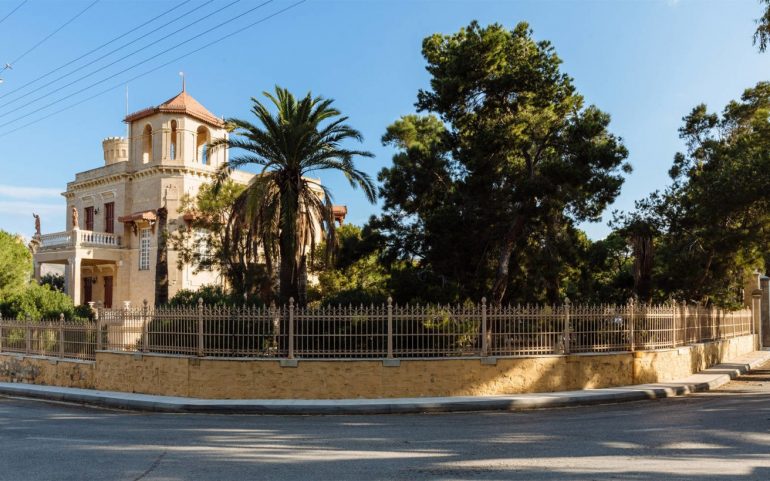"A flare, a flame I have in my heart as if you have made me a Franco-Syrian sweet (…) I will take you back to Finika, Parakopi, Galissa and Delagratsia and let me have a sync" the lord of rebetiko Markos Vamvakaris, the authentic Greek voice that laid the foundation stone in our popular heritage.
From 1935, whenever it was written and first recorded by him, until today countless mouths have sung "Frangosysiani" facing the beauties of the planet of Syros.
The source of inspiration for the composer was a beautiful girl he met when he first played in a shop on the beach of Syros, 20 years after he left his island.
More specifically, about the specific incident, as mentioned in a post by Thanos Kofinas in 2015 "The story of Markos Vamvakaris from Frangosyrian", he had said: "Every night people filled the store and I sat for about two months. I, when I played and sang, always looked down, impossible to look at the world, I lost them. But while I was playing, I raised my head for a moment and saw a nice girl. Her eyes were black. I did not raise my head again, only at night I was thinking about it, I was thinking about it λοιπόν So I took a pencil and wrote roughly: I have a flare, a flame in my heart as if you had made me a Franco-Syrian sweet… I do not even know what they called it she knows that the song is about her. When I returned to Piraeus, I wrote Frangosyriani ".
In the most important, perhaps, and most famous song of the composer, however, are mentioned favorite areas from his island such as the villages of Finikas and Galissas, and the resort Parakopi that are still known by the same name. Have you ever wondered, however, who is Delagratsia mentioned in his lyrics and where he is?
Poseidonia, the aristocratic resort of Syros

Today's Poseidonia, then, in the gulf of Finikas in the southern part of the noblewoman Syros at a distance of 10 km from Hermoupolis, formerly called Delagratsia, from the catholic church of Madonna de la Grazia (Virgin of Grace), dedicated to the Mother of the Lord. The name that prevailed, after all, is that of ancient Poseidonia, dedicated to the god Poseidon.
Poseidonia due to its privileged location near the port and the beautiful beach with golden sand and crystal clear waters, is known as the aristocratic resort of the island, with few people, except the inhabitants of Syros, knowing that it is Delagratsia Cotton wool.
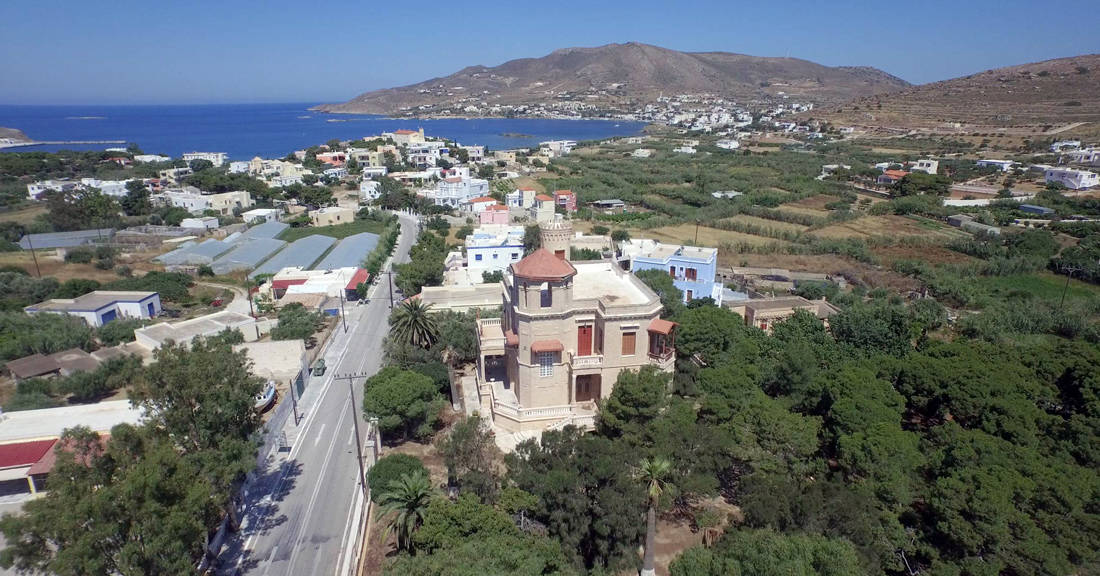
Aromas and colors from the lush gardens of the area, add another idyllic touch to the already enchanting atmosphere that characterizes the area.
One of the most important and recognizable features of the settlement are the majestic ones holiday villas with the impressive turrets and manicured gardens that travel the visitor to the glamor of another era.
An emblem of grandeur and culture for the Delagratsia district, Villa Tsiropina, designated as a protected monument, where today it is housed in the town hall of Poseidonia. It is a stone-built, historic building, an exceptional example of a bourgeois, summer residence of the 20th century, the work of the Tsiropina brothers.
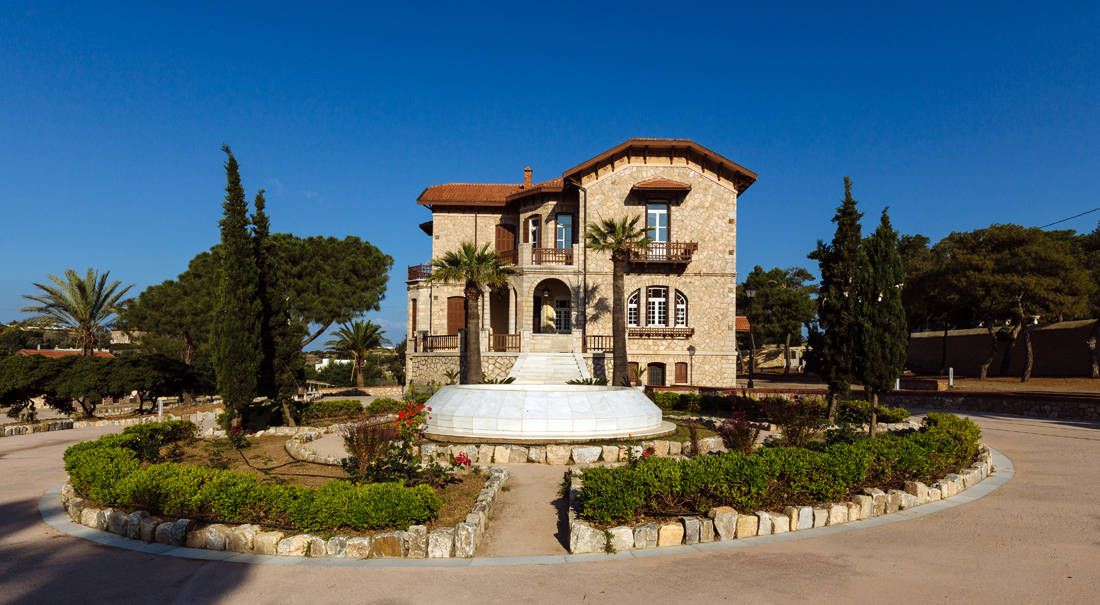
The City Hall of Poseidonia is an impressive building that reflects the timeless greatness of this Cycladic island and today functions as a cultural space that houses some of the services of the Municipality of Syros-Ermoupolis, occasionally hosting various events such as exhibitions, theaters.
The church of Agios Ioannis in the center of the settlement is worth admiring up close. Built in 1876 inside there are sacred vessels and icons of the 19th century from St. Petersburg. In fact, in the past, on August 29, a festival was organized here in honor of the Saint, with boats on the nearby beach and lighted torches in the mansions of the district to honor the Saint. Today, the festival continues to take place with live music, dance and song, and the procession of Agios Ioannis to be accompanied by music.
The history of the area

The history of Poseidonia takes us far back in time, to the time of antiquity. According to Homer, in fact, in Syros there were two cities, one of which was located in the areas of Poseidonia-Finika. The first settlement It was called "Poseidia", while in the wider area of Halepa, and more specifically on the hill where the church of St. Peter the Catholic is located, relics of civilization have been found, such as marble slabs, tombs, etc.
In fact, it is said that the temple is built on the ruins of an older sanctuary, dedicated to the god of the sea Neptune and it is probable that the first inhabitants of the area were Phoenicians (it can also be attributed to the name of the nearby picturesque village of Phoenix). The Phoenicians, on the other hand, were expelled by the Ionians and the existence of the sanctuary of Poseidon is attributed to them.
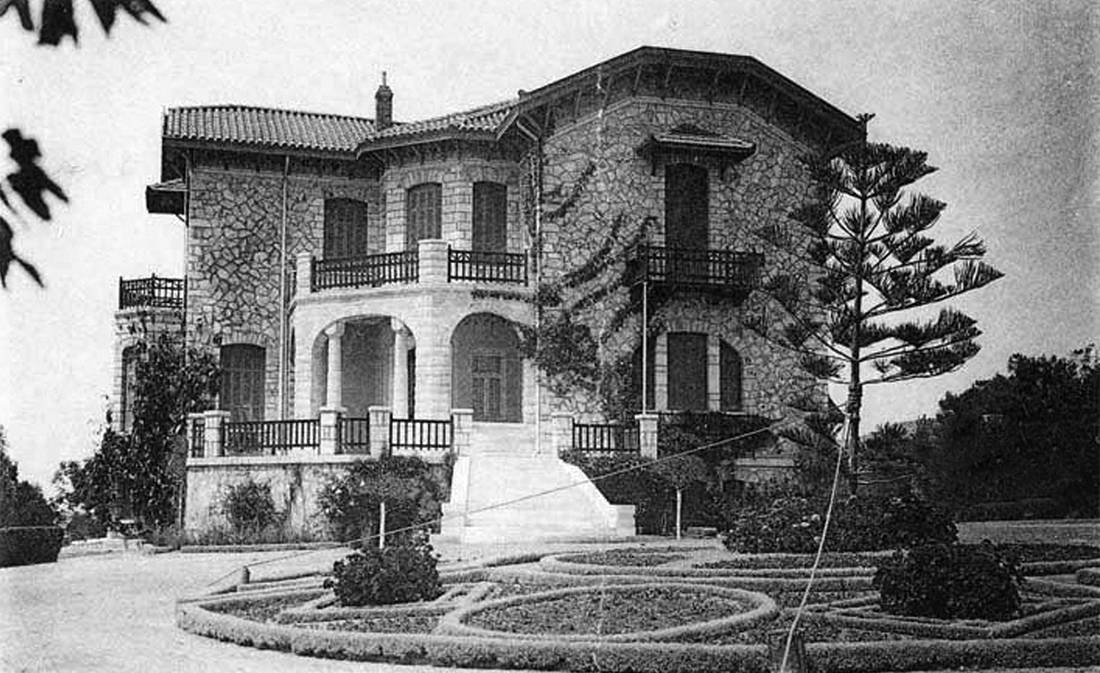
Also, after conducting underwater archaeological research by the archaeologist of marine antiquities Angeliki Simosi, the speculation that the port of the settlement was the settlement of Finikas is confirmed.
It was the beginning of the 19th century when the area was renamed Delagracia, after the small Church of Our Lady of Grace (Della Grazia), in the northern part of the area, which offers stunning views of both the village and the sea.
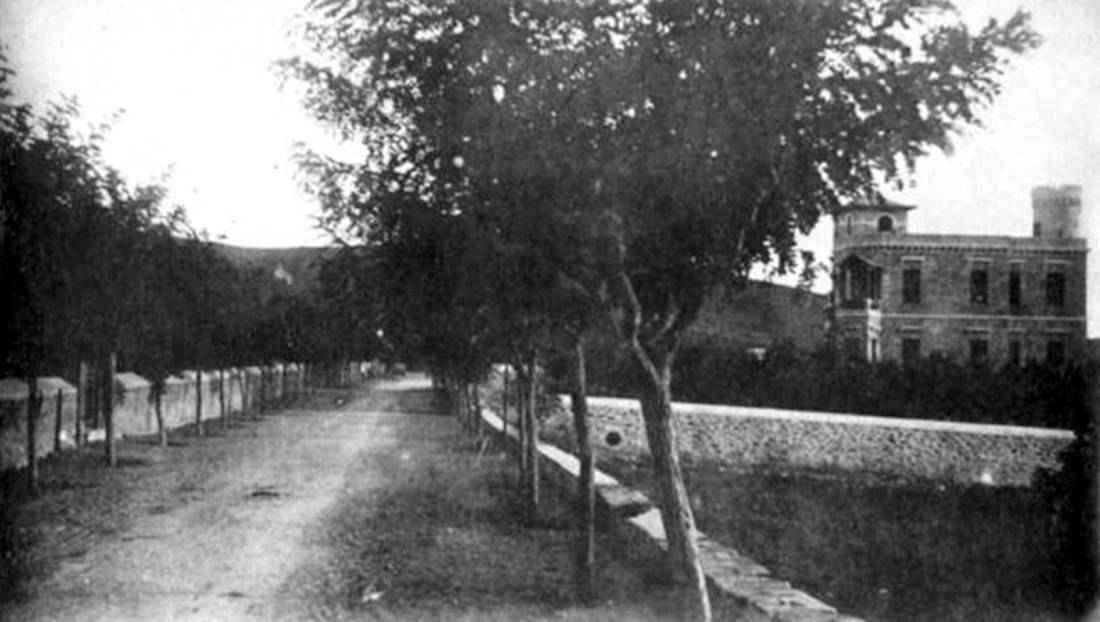
Delagratia, then, began to be inhabited in 1823, after the elimination of the danger by pirates with the first typical rockers of the island to build their home here and its current permanent residents not to exceed 600.
- Many thanks to Syros Agenga for providing the retro photographic material.
